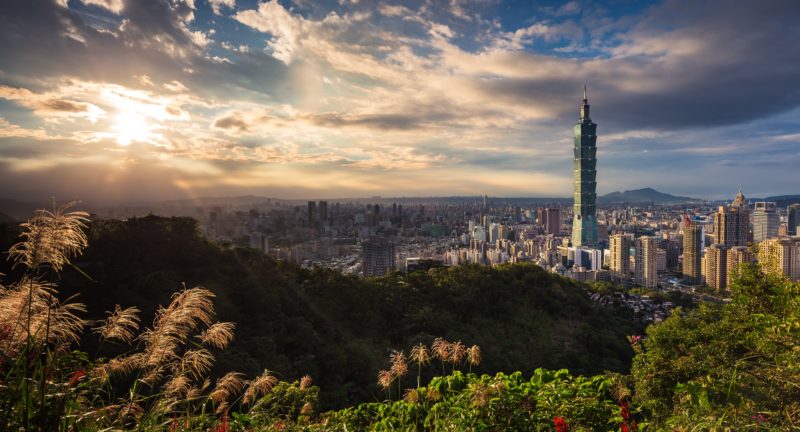The odd reasons for Taiwan’s COVID-19 outbreak
 I am fortunate to be a Taiwan Fellow this fall. I plan to study Taiwan’s response to the COVID-19 outbreak at National Taiwan University starting this September, where I am being hosted by the global health program. I just received my visa to travel to Taiwan last week. Unfortunately, there is currently a growing outbreak in Taipei. I first heard of it last week, when I was talking with my conversational partner in Taiwan. At that time, she said that the outbreak was still relatively small, as it involved perhaps thirty individuals. But this morning I had an email and a text -the latter of which was sent to everyone who recently received a visa- to say that Taiwan is halting all travel to the island, except for residents. I am hopeful that Taiwan will soon have the situation back under control. But what happened?
I am fortunate to be a Taiwan Fellow this fall. I plan to study Taiwan’s response to the COVID-19 outbreak at National Taiwan University starting this September, where I am being hosted by the global health program. I just received my visa to travel to Taiwan last week. Unfortunately, there is currently a growing outbreak in Taipei. I first heard of it last week, when I was talking with my conversational partner in Taiwan. At that time, she said that the outbreak was still relatively small, as it involved perhaps thirty individuals. But this morning I had an email and a text -the latter of which was sent to everyone who recently received a visa- to say that Taiwan is halting all travel to the island, except for residents. I am hopeful that Taiwan will soon have the situation back under control. But what happened?
Taiwan received human intelligence about the outbreak in China in December 2019. Taiwan acted quickly, in part because it’s political leaders remembered the SARS outbreak in 2003. Since that time, it has used digital apps for contact tracing, mandatory quarantine hotels for travelers, and an effective public health system to contain COVID. Then some odd things happened. Angelica Oung has written a fascinating story (How Taiwan Finally Fell) recounting how a Taiwanese hotel decided to offer a tourism package so that Taiwanese could stay in a hotel near the airport and watch the flights land and depart from their rooms. The local tourism board even advertised this. Although the people were housed on different floors from airplane crews, somehow infected pilots and crews spread the virus to the domestic tourists. After nine pilots tested positive the domestic tourists apparently found out that they had been staying at a quarantine hotel by watching the TV news. But by this point some infected people attended a Lion’s Club meeting, went to karaoke, and then attended “Grandpa shops/tea parlors” in which older women sexually catered to a senior clientele. Genomic testing revealed that everyone with COVID-19 had been infected by the same English variant. …




